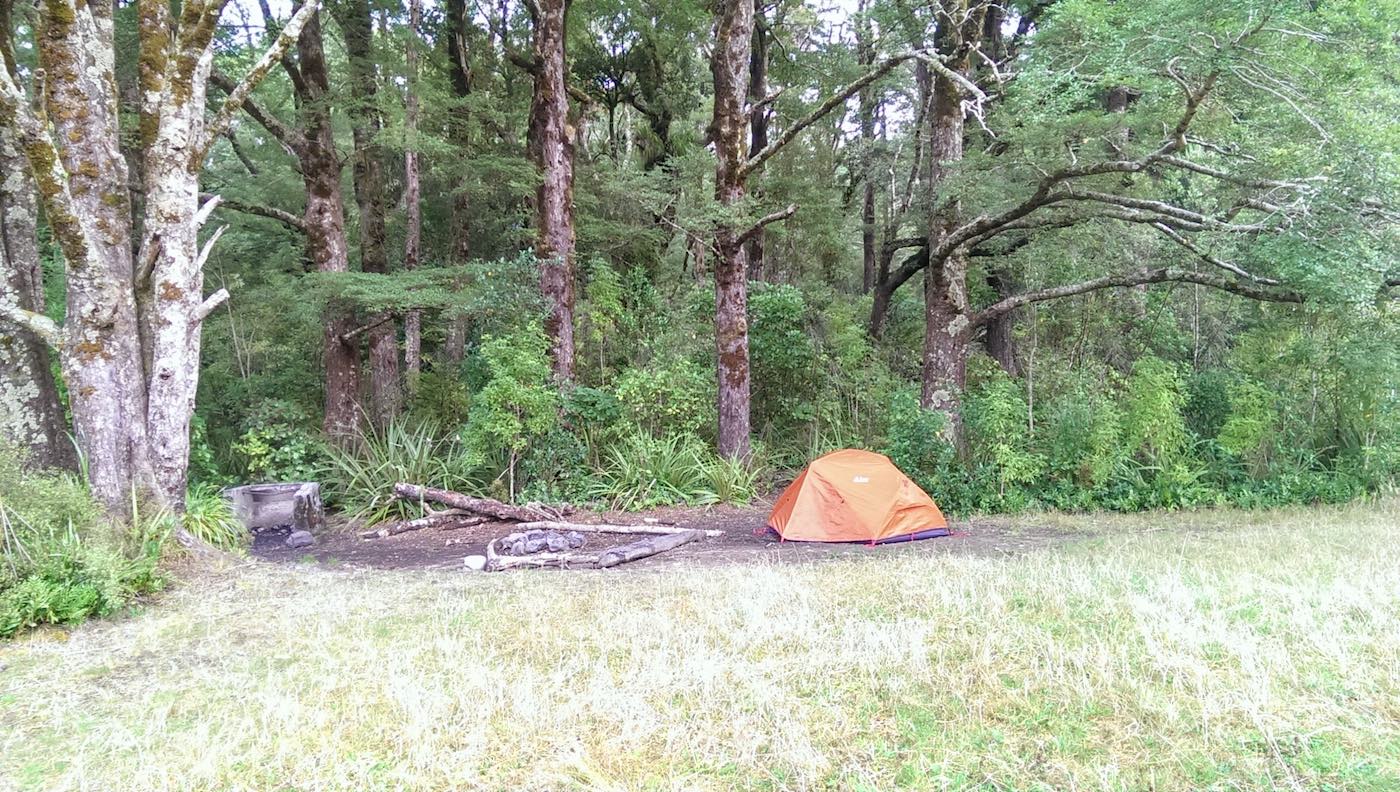A Brief History of Donnelly Flat

I frequently find myself tramping into the Tararua Forest Park from the Mount Holdsworth road-end, travelling through Donnelly Flat, a popular picnic spot around 10 minutes from the roadend. After considering the lack of signed history regarding the history of the Flat, and after being unable to find out any information from Archives, National Library, Papers Past or regional libraries, I got in touch with local DOC rangers. They have kindly provided me with a short history of the Mount Holdsworth area by Ben Iorns (1883-1977), a Masterton historian. This history has provided background information for this post.
The Mount Holdsworth area is one of the oldest and most popular park accesses, largely due to the relative accessibility of the peak to the Masterton area, along with easy access up ridgelines to the summit. The first documented trip according to Iorns occurred in 1863, and by 1907 the Mount Holdsworth Committee was formed to cut a track and construct the first of three Mountain Houses, all located on the same site at Pig Flat.
A particular feature noted by early visitors to the Holdsworth area was the profusion of the undisturbed native bush, especially in the Atiwhakatu valley around Donnelly Flat. Sawmillers expressed a keen interest in milling this bush, but fortunately faced determined opposition over many years which prevented milling from ever occurring inside the park boundaries.
Sawmillers quite naturally coveted the tall clean trunks of those rimus, kahikatea, miro and beeches of 3 species, very generously offering to leave us the stumps and branches and a promise of a newer and more virile forest that would soon replace its “over mature” ancestors.
Donnelly Flat itself is a grassy clearing occupying a couple of acres. The clearing is natural, or at least not cleared by human occupation as far as it known. The flat has always been popular with picnickers and campers due to it’s sheltered position in the valley and proximity to Atiwhakatu Stream. The Flat was named for Thomas Donnelly, a prospector from Masterton who established a camp at the flat, being supplied weekly from the road-end. In April 1910, he failed to collect his resupply, kicking off an intensive search. A year later, his remains were found, with indications that he had injured himself in a fall and perished from exposure.
Given this history, it’s understandable that the origin of the name is somewhat under documented, but I think it is still important to acknowledge the events and people attached to these special locations. I’d like to acknowledge the efforts of the Masterton office of the Department of Conservation for their speed and efforts in locating and passing on this fascinating history, and Ben Iorns for documenting his recollections of the Holdsworth area for future generations to learn from. I hope that others find the history of Donnelly Flat as interesting as I have.
